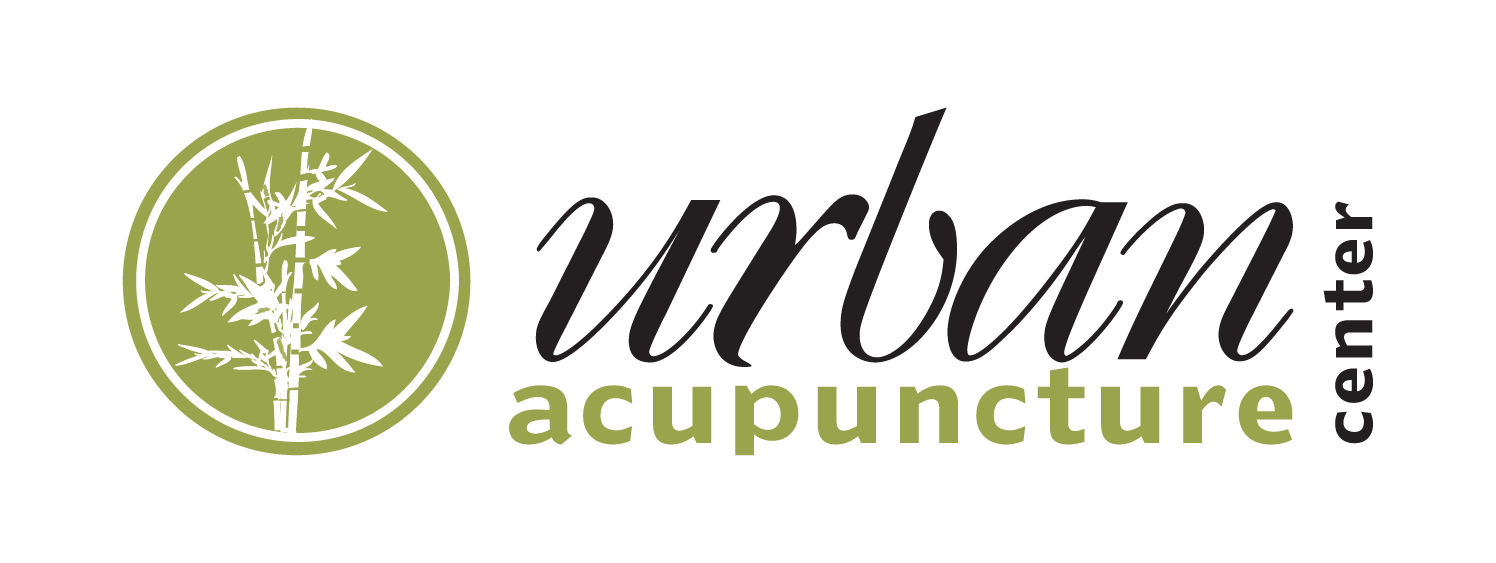Rolfing vs. Structural Integration
 If you’re interested in bodywork therapies that focus on posture, movement, and chronic pain relief, you’ve likely come across both Rolfing and Structural Integration. While these terms are often used interchangeably, they have subtle differences that set them apart. Understanding their origins, techniques, and benefits can help you decide which is best suited to your needs.
If you’re interested in bodywork therapies that focus on posture, movement, and chronic pain relief, you’ve likely come across both Rolfing and Structural Integration. While these terms are often used interchangeably, they have subtle differences that set them apart. Understanding their origins, techniques, and benefits can help you decide which is best suited to your needs.
What is Rolfing?
Rolfing, officially known as Rolfing Structural Integration, was developed by Dr. Ida P. Rolf in the mid-20th century. It is a holistic manual therapy that focuses on reorganizing the body’s connective tissues (fascia) to promote better alignment and movement.
Rolfing is typically performed in a 10-session series, known as the “Ten Series,” where practitioners systematically work through different areas of the body to release tension, improve posture, and enhance overall body mechanics.
Key Benefits of Rolfing:
- Reduces chronic pain and tension
- Improves posture and movement efficiency
- Enhances body awareness and balance
- Addresses injuries and repetitive strain issues
What is Structural Integration?
Structural Integration (SI) is the broader category of bodywork that Rolfing falls under. While Rolfing is a branded version of Structural Integration, other schools and practitioners teach similar techniques without using the Rolfing name.
Some well-known Structural Integration schools include:
- The Guild for Structural Integration (which follows a more classical interpretation of Ida Rolf’s work)
- Anatomy Trains Structural Integration (developed by Tom Myers, integrating myofascial research)
- Hellerwork Structural Integration (which combines movement education with bodywork and dialogue)
Key Benefits of Structural Integration:
- Works with fascia to improve structural alignment
- May incorporate movement education or other modalities
- Helps relieve stress, tension, and physical restrictions
- Aims to create long-term changes in posture and body function
Rolfing vs. Structural Integration: The Differences
| Aspect | Rolfing | Structural Integration |
|---|---|---|
| Origin | Developed by Ida Rolf | Includes various schools/methods |
| Trademarked? | Yes, “Rolfing” is a trademarked name | No, broader category of bodywork |
| Session Structure | Follows the “Ten Series” approach | Often follows a similar structured series |
| Techniques Used | Deep tissue manipulation of fascia | Varies depending on the school and philosophy |
| Philosophy | Focuses on integrating body alignment | More flexible in approach, varies by school |
Ultimately, both approaches aim to improve body alignment, mobility, and reduce pain, making either choice a great investment in your overall well-being.
Learn More About Structural Integration at UAC…
Contact Urban Acupuncture Center in Columbus, OH For More Information
For more information about how acupuncture, massage therapy, electroacupuncture and other alternative healing treatments can help you, please contact the Urban Acupuncture Center Board Certified Licensed Acupuncturist’s team at Indianola Ave, Columbus, Ohio (Clintonville) (614) 725-2488 or click here. Taking new patients in and around greater Columbus, Ohio.
